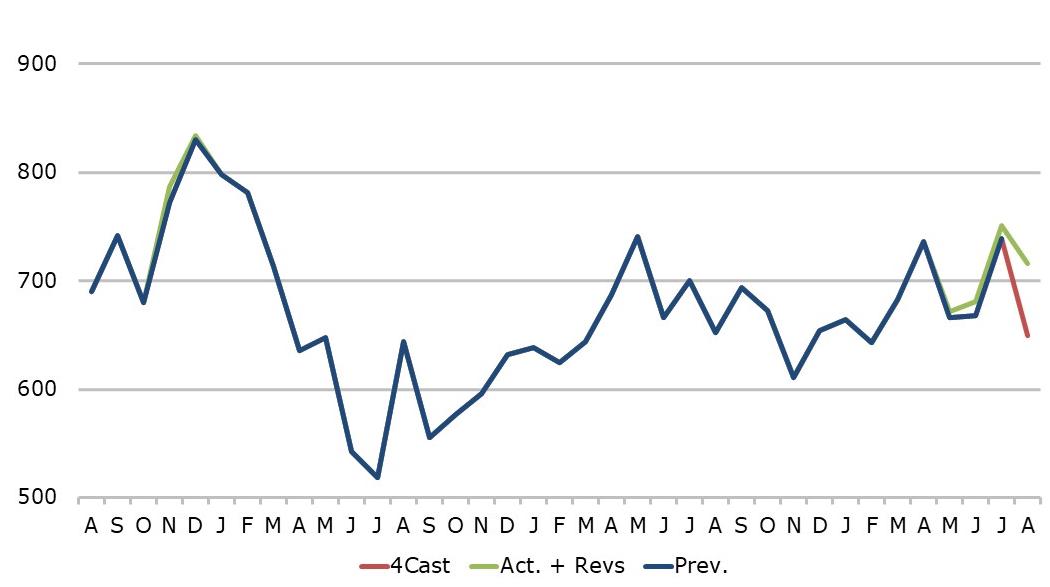In a significant move to fortify restrictions on the export of advanced AI chips to China, the United States is set to unveil new rules aimed at preventing American chipmakers from selling semiconductors that might bypass existing government limitations. The Biden administration, intensifying its efforts to curb the export of cutting-edge technology to China, is expected to announce these updates within the week, according to sources familiar with the matter.
Stricter controls on AI chips amid diplomatic strains
The Biden administration’s upcoming rules seek to fortify the restrictions imposed in October 2022, targeting shipments of advanced chips and chipmaking equipment to China. The focus of the new measures is to thwart attempts by American chipmakers to sidestep existing technical parameters. An anonymous U.S. official revealed that these rules would block certain AI chips that narrowly escape current restrictions while obliging companies to report shipments of others.
The export controls, designed to prevent the strengthening of China’s military capabilities, have been a point of contention between the two superpowers. The recent diplomatic efforts to ease tensions risk being complicated by the latest round of rules. The Biden administration has repeatedly asserted that these export curbs are crucial to safeguarding U.S. chips and equipment from aiding China’s military endeavors, while Beijing accuses the U.S. of exploiting export controls to stifle Chinese companies.
Last year, Nvidia, the world’s leading chipmaker, faced restrictions on shipping its most advanced AI chips to China. Despite these restrictions, Nvidia quickly released new variants tailored for the Chinese market, such as the H800. But, the U.S. plans to introduce new guidelines that would now encompass certain advanced datacenter AI chips currently not under restriction.
Unveiling new guidelines for AI chip exports
The updated rules also aim to address the evolving landscape of AI chip technology. Notably, the U.S. will introduce a “performance density” parameter to prevent future workarounds by companies. To maintain control over AI chips considered too powerful for export to China, the U.S. plans to eliminate the “bandwidth parameter,” a move that would widen the scope of covered chips. While this could potentially reduce the speed at which AI chips communicate, it aligns with the administration’s strategy to hinder China’s access to cutting-edge AI development.
Chips intended for consumer products, such as laptops, will be exempt from the new curbs. But, companies are required to notify the Commerce Department when fulfilling orders for the most powerful consumer chips to ensure they are not repurposed in ways that could threaten national security.
In its ongoing pursuit of a nuanced equilibrium between fostering technological innovation and safeguarding national security, the United States government has set its sights on fortifying the regulatory framework. At the forefront of this endeavor is the ambition to thwart a notable loophole that presently affords Chinese corporations access to cutting-edge American AI chips through their offshore subsidiaries. This regulatory measure, indicative of a sweeping initiative, encapsulates the overarching goal of impeding China’s acquisition of advanced AI technology, even when pursued through indirect conduits.
As the United States strives to navigate the intricate terrain of the global AI race, the recently updated regulations serve as a poignant testament to the unwavering commitment of the administration to maintain a competitive edge. This strategic move resonates with the broader policy paradigm championed by the Biden administration, which is geared towards the stabilization of relations between the two economic juggernauts. But, this pursuit of equilibrium is not without its potential diplomatic reverberations, underscoring the delicate dance between technological advancement and geopolitical considerations.





